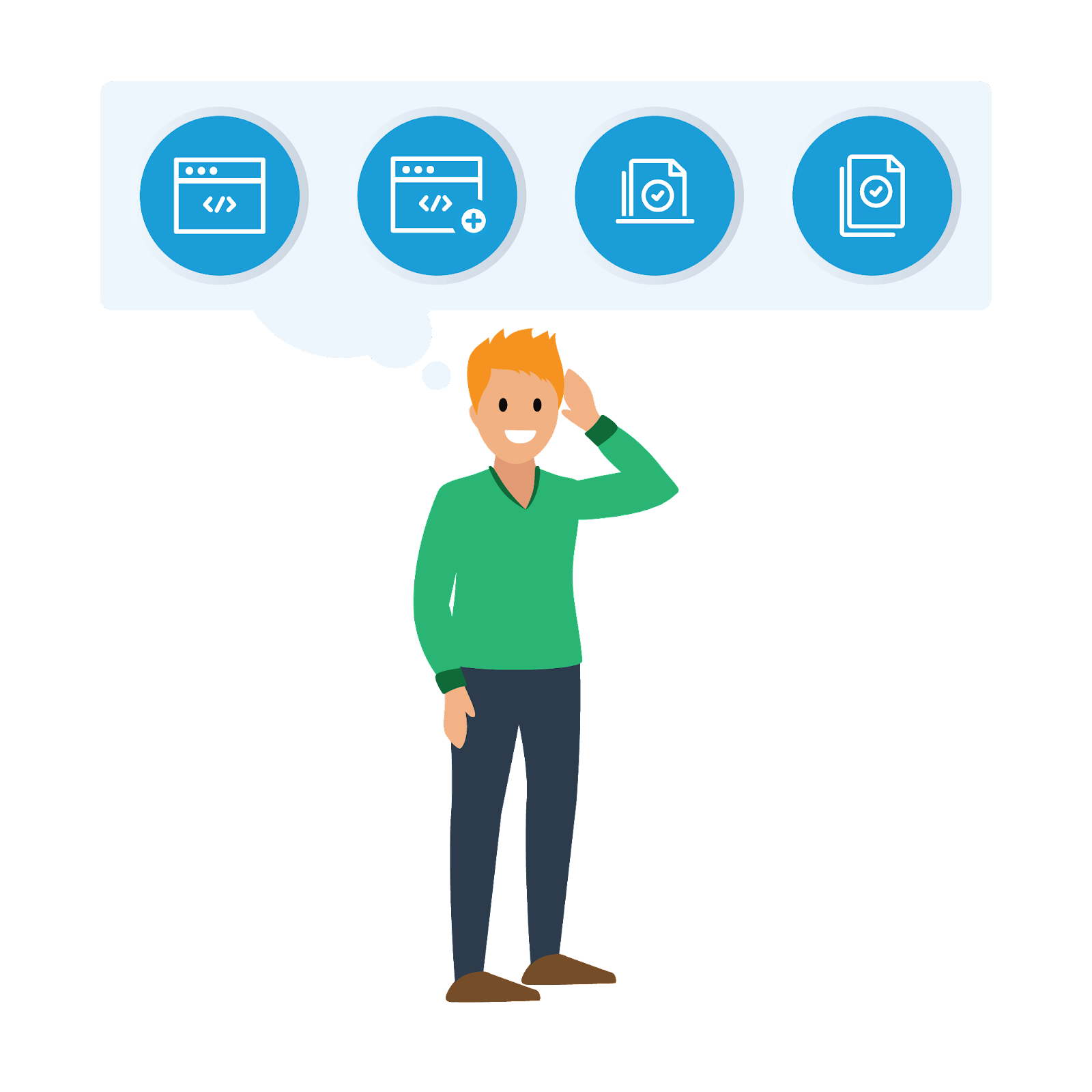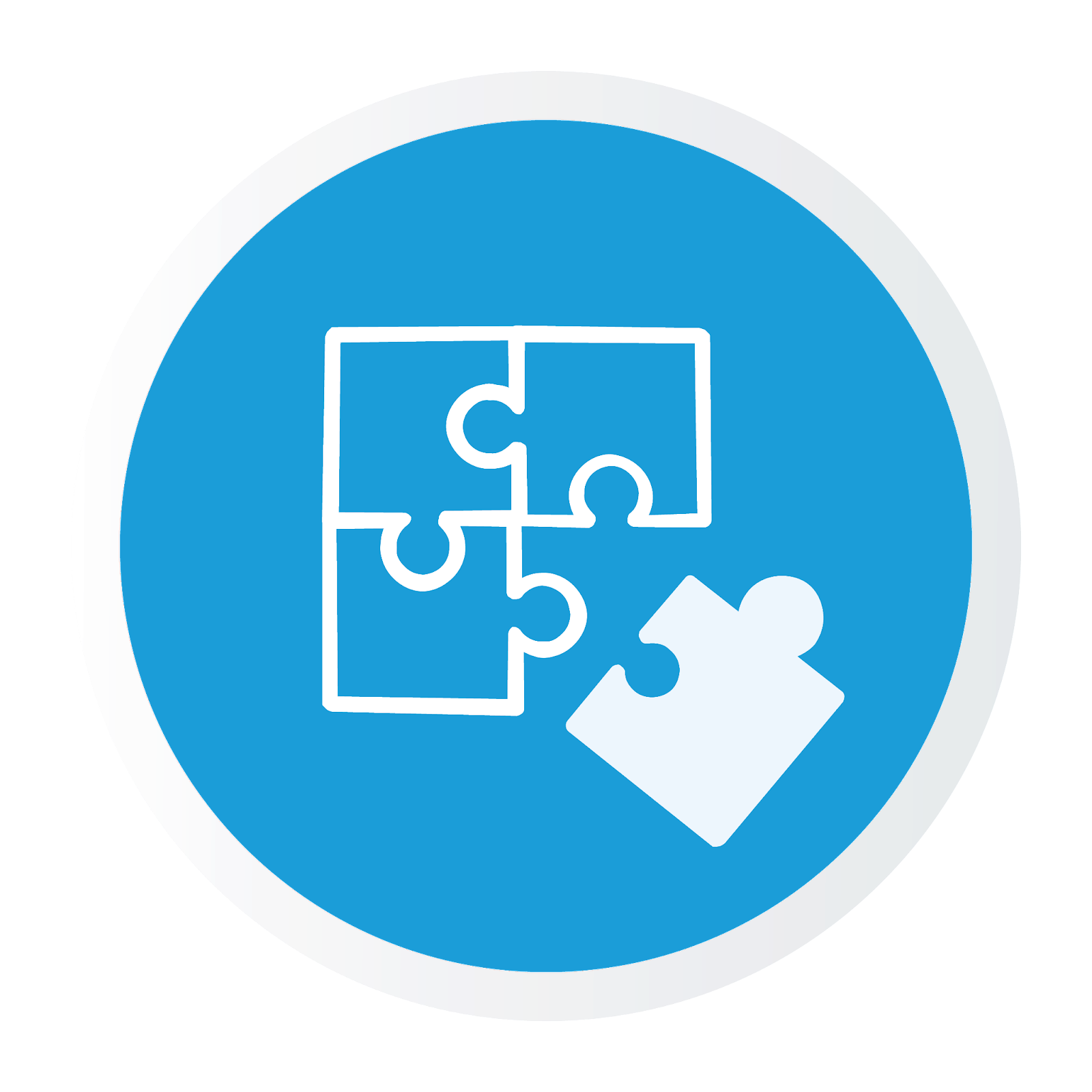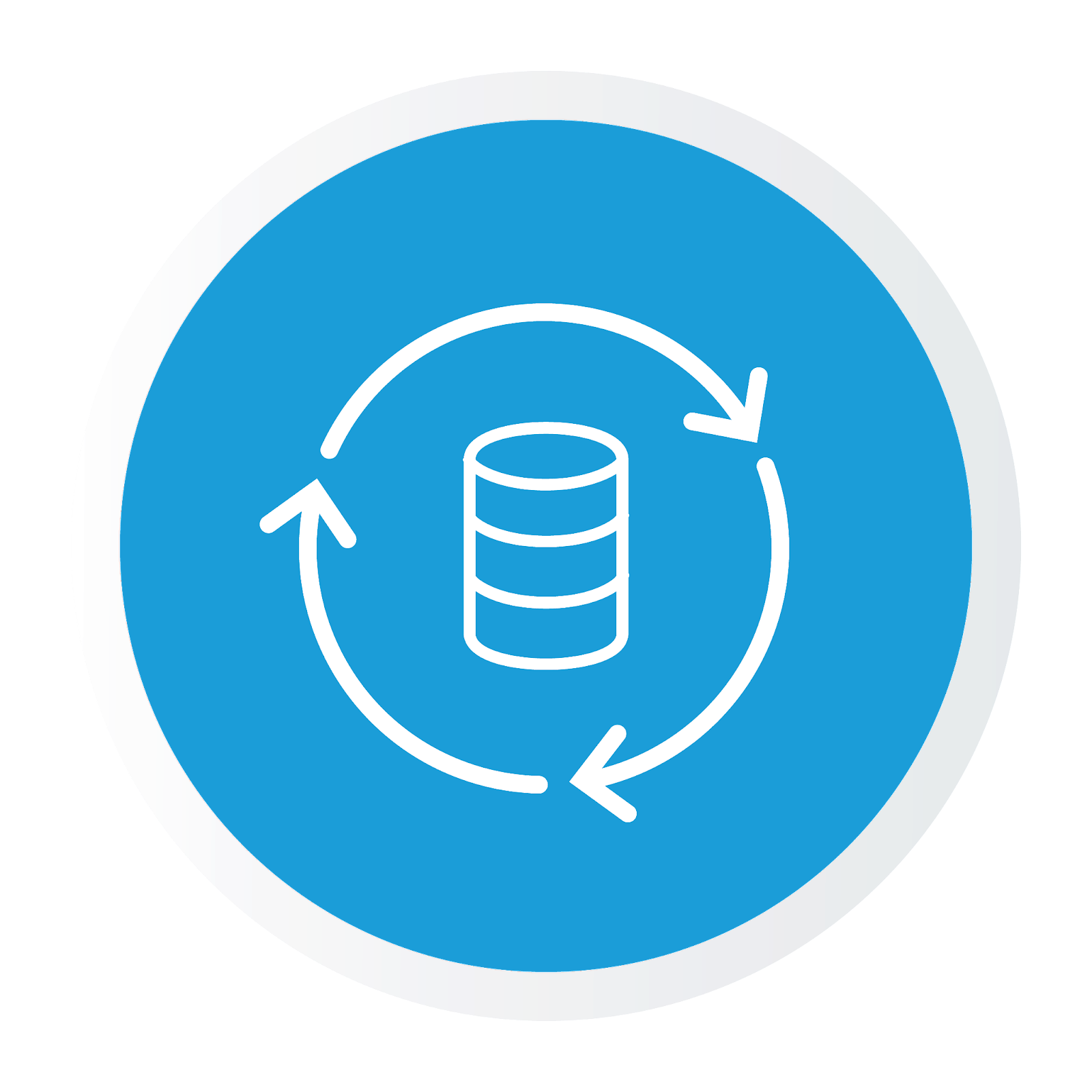Brush Up on Sandbox Seeding Basics
Learning Objectives
After completing this unit, you’ll be able to:
- Summarize what a Salesforce sandbox is and its purpose.
- List the four types of Salesforce sandboxes and their uses.
- Identify sandbox seeding challenges.
- Describe the impact these challenges can have on business as a whole.
Get to Know Salesforce Sandboxes
No one wants to be left behind in this age of constant technological transformation. Speed is of the essence for many businesses—but developing and releasing features fast doesn’t come without risks. If a company doesn’t have the right tools, people, and processes in place, errors are inevitable and a data disaster is almost a certainty.
The good news is that if your business is one of the tens of thousands using the Salesforce platform, then you’re already ahead of the game when it comes to delivering the latest and the greatest. That’s because the platform enables administrators and developers to accelerate innovation through the use of sandboxes.
A Salesforce sandbox is a testing environment that provides a replica of the production (live) instance. It includes some or all of the data and metadata that appears in production, and as its name suggests, provides a place for developers to “play” with code (configure and test) without breaking something in the live environment.

Sandboxes serve a few important purposes. They:
-
Reduce development errors (or bugs). Sandboxes provide a risk-free environment where you can create and experiment with enhancements without corrupting production, exposing sensitive data, or impacting users’ day-to-day activities.
-
Allow for realistic testing on new applications or integrations. In sandboxes, you can complete a variety of testing—integration, performance, load, and user acceptance—before pushing updates to production.
-
Provide a safe training environment. Sandboxes are a perfect place to train users on new features and workflows without disrupting data.
Sandboxes are the way to go if you’re looking to streamline development, testing, and training. But all Salesforce sandboxes are not created equal (although they all are equally awesome). Let’s learn about the characteristics of each type of Salesforce sandbox and what you should consider when selecting one.
The Four Types of Salesforce Sandboxes
There are four types of Salesforce sandboxes.
- Developer
- Developer Pro
- Partial Copy
- Full Copy

This table digs into the details of each one.*
Sandbox Type |
Description and Uses |
Specifications |
|---|---|---|
Developer |
|
|
Developer Pro |
|
|
Partial Copy |
|
|
Full Copy |
|
|
*Information in the table is based on the Own: Ultimate Guide to Sandbox Seeding for Salesforce ebook and the Sandbox Types and Templates Salesforce Help Article.
These sandboxes are incredibly useful if you’re developing or testing features or training internal employees, but sandboxes are only as good as the data they contain. If sandboxes aren’t populated—or seeded—with relevant data, they can prove useless. Effective sandbox seeding isn’t always easy, though.
Sandbox Seeding Challenges
If you’re a developer or an administrator, there’s nothing more frustrating than working on a new feature and being unable to identify whether the feature works because of poor-quality data in the environment. Error-free development and testing relies on seeding sandboxes with production-like data sets.
Seeding sandboxes efficiently and consistently, however, can sometimes prove difficult and time consuming. Here are four sandbox seeding challenges and how they impact the development-release cycle.

Challenge #1: Data Relationships
The purpose of an object relationship is to link objects with one another so that when your users view records, they also can see related data. For example, you might create a custom object called Bugs to track product defects that are associated with customer cases. If your sandbox only includes a random sample of the production org’s data and doesn’t have the relationships between the Case object and other related objects, you can’t appropriately build and test in your sandbox, which can impact the quality of your code or configuration. Preserving these parent-child relationships in your Salesforce sandbox is critical to replicating real-world usage.

Challenge #2: Data Relevancy
Devs and admins commonly use names and entries like Mickey Mouse or Donald Duck to solve the problem of not having data. But using this fake irrelevant data that doesn’t represent what’s in the production environment during development, testing, and training increases the likelihood of releasing errors (or bugs) into production.

Challenge #3: Data Freshness
Often, the development cycle outpaces the ability to refresh a sandbox. You might spend days seeding your sandbox with the perfect data, only to face new requirements that force you to have to start the seeding process all over again. For example, you might be working with Opportunity data that’s from years ago in your sandbox. But as your org has grown, the data in production today has more complex data relationships. These discrepancies are what cause code that works in the sandbox to break in QA environments.

Challenge #4: Data Confidentiality
Because sandbox data is a subset of production data, it likely includes sensitive personal information that many people can access during development, testing, and training. To protect this data and comply with industry-specific standards and regulations, it’s crucial to anonymize confidential data before sending it over to your sandboxes. It sometimes can be difficult—and time-consuming—to identify all of the fields that may contain sensitive data, though.
The Bottom Line for Your Business
Failing to have an adequate seeding solution in place not only negatively affects the dev-release cycle but also your business as a whole. For example, releasing bad code into production can:
-
Take 3 times as long, and cost up to 15 times as much, to fix.
- Corrupt production data and business processes.
- Impede user adoption.
- Increase the likelihood of a negative customer experience.
There are several approaches that you can take to seed Salesforce sandboxes, including completing a sandbox refresh, cloning a sandbox, using Data Loader, or implementing another third-party or DIY solution. But to truly overcome the seeding challenges we’ve discussed, you need an automated solution—such as Own Sandbox Seeding—that propagates data to sandboxes to precisely mirror the production environment, protects sensitive personal data, and lets you innovate quickly and effortlessly.
Head on over to the next unit to explore the features of Own Sandbox Seeding and discover how it lets teams seed sandboxes in six simple steps.
Resources
-
Ebook: Own: Ultimate Guide to Sandbox Seeding for Salesforce
-
Blog Post: Own: 5 Salesforce Sandbox Seeding Challenges and How to Solve Them
-
Salesforce Help Article: Sandbox Types and Templates
-
PDF: Sandbox Best Practices for Developers
